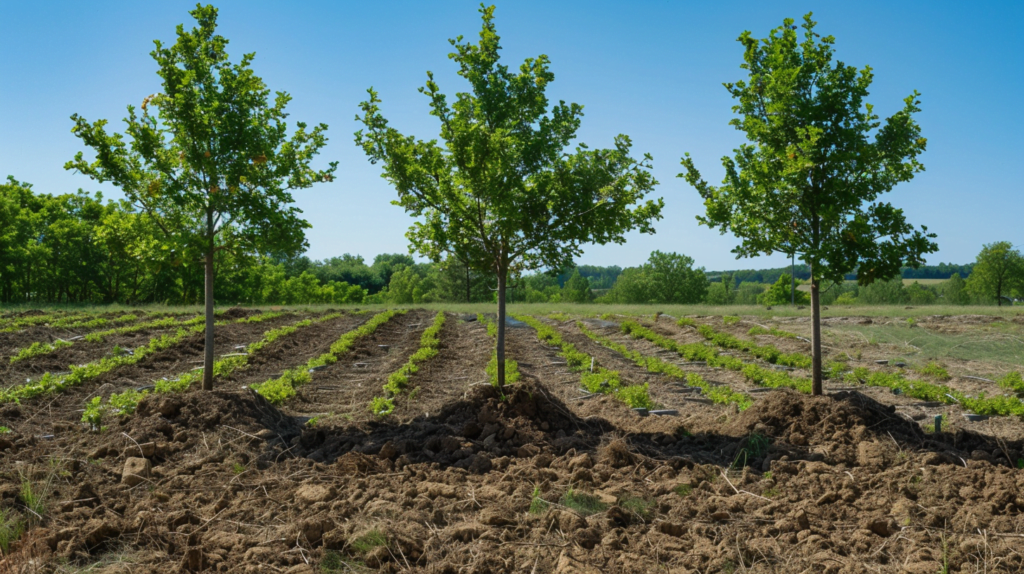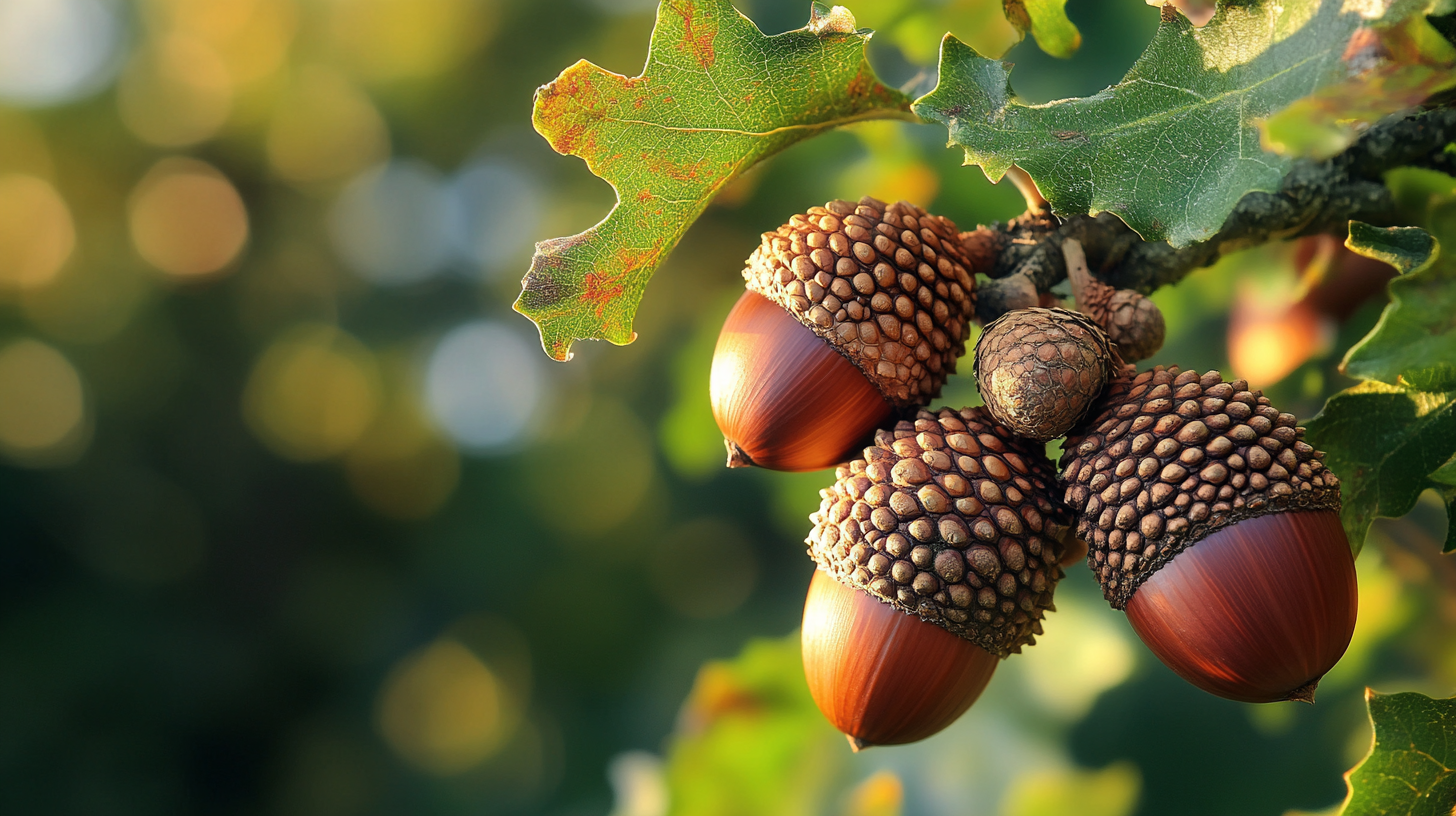Table of Contents
Oak trees are a staple of many landscapes, providing shade, beauty, and a sense of history. However, there may come a time when you need to transplant an oak tree, whether it’s for landscaping purposes, to make way for construction, or to preserve a mature tree during development. But can oak trees be transplanted? The answer is yes, but it requires careful planning, execution, and aftercare.
Why Transplant Oak Trees?
Transplanting oak trees can be a complex and costly process, so why bother? There are several reasons why transplanting an oak tree might be necessary or desirable:
Preservation
Mature oak trees are often a valuable asset to a property, providing shade, beauty, and a sense of history. When construction or development projects are planned, transplanting the tree can be a way to preserve it for future generations.
Aesthetics
Oak trees can be a stunning addition to a landscape, providing a natural focal point and creating a sense of grandeur. Transplanting an oak tree can enhance the aesthetic appeal of a property, making it more attractive and valuable.
Conservation
Some oak species are endangered, and transplanting them can be a way to conserve and protect these species. By transplanting oak trees, we can help preserve biodiversity and protect the environment.
Urban Forestry
Urban forestry initiatives often involve transplanting trees to create green spaces in urban areas. Oak trees are a popular choice for these projects due to their hardiness and ability to thrive in a variety of conditions.

Challenges of Transplanting Oak Trees
Transplanting an oak tree is not a simple task. There are several challenges to consider:
Size and Weight
Mature oak trees can be massive, weighing tens of thousands of pounds. This makes them difficult to handle and transport, requiring specialized equipment and expertise.
Root System Complexity
Oak trees have a complex root system that can extend far beyond the tree’s canopy. Damaging these roots during transplantation can be fatal to the tree.
Soil and Climate Requirements
Oak trees have specific soil and climate requirements, which must be met in the new location. Failure to provide the right conditions can lead to transplant shock and even death.
Transplant Shock
Transplant shock is a common problem when transplanting oak trees. This occurs when the tree is stressed by the transplantation process, leading to a range of symptoms including leaf loss, wilting, and reduced growth.
Pre-Transplantation Preparation
Before transplanting an oak tree, it’s essential to prepare the tree and the new location. This includes:
Assessing the Tree’s Health and Condition
Before transplanting, it’s crucial to assess the tree’s health and condition. This includes evaluating the tree’s age, size, and species, as well as identifying any signs of disease or pests.
Choosing the Right Transplanting Method
There are several methods for transplanting oak trees, including digging and burlapping, and tree spading. The right method will depend on the size and condition of the tree, as well as the distance to be transported.
The Transplantation Process
The transplantation process involves several steps:
Digging and Root Balling
Digging and root balling involves carefully digging around the tree to create a root ball, which is then wrapped in burlap to prevent soil loss during transport. This method is suitable for smaller trees and those with a smaller root system.
Transporting and Planting the Tree
Transporting the tree requires specialized equipment and handling techniques to prevent damage. Planting the tree involves creating a suitable planting pit, adding soil amendments as necessary, and watering thoroughly.
Post-Transplantation Care
After transplantation, it’s essential to provide the right care to ensure the tree’s survival. This includes:
Watering and Mulching
Consistent moisture levels are crucial for the tree’s survival. Mulching around the base of the tree can help regulate soil temperature and suppress weeds.
Pruning and Fertilization
Pruning can help reduce transplant shock by reducing the tree’s canopy and promoting healthy growth. Fertilization can provide essential nutrients for the tree’s recovery.

Common Mistakes to Avoid
When transplanting an oak tree, there are several common mistakes to avoid:
Inadequate Root Ball Size or Soil Quality
Failing to create a large enough root ball or using poor-quality soil can lead to transplant shock and even death.
Insufficient Watering or Mulching
Failing to provide consistent moisture levels or neglecting to mulch around the base of the tree can lead to stress and reduced growth.
Failure to Monitor for Pests or Diseases
Failing to monitor the tree for signs of pests or diseases can lead to infestations or infections, which can be fatal if left untreated.
Conclusion
Transplanting an oak tree is a complex process that requires careful planning, execution, and aftercare. By understanding the challenges and taking the right precautions, it’s possible to successfully transplant an oak tree and enjoy its beauty and benefits for years to come.
Remember, transplanting an oak tree is a significant undertaking that requires expertise and specialized equipment. If you’re considering transplanting an oak tree, it’s essential to work with a qualified arborist or tree care professional to ensure the best possible outcome.




